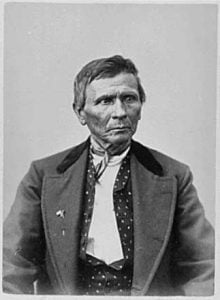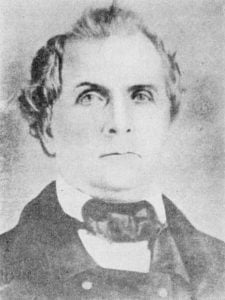Axion Tribe
Axion Indians (‘the muddy place’, from assiscu ‘mud’). A division of the New Jersey Delawares, formerly living on the East bank of Delaware River, between Rancocas Creek and the present Trenton. In 1648 they were one of the largest tribes on the river, being estimated at 200 warriors. Brinton thinks the name may be a corruption of Assiscunk, the name of a creek above Burlington. For Further Study The following articles and manuscripts will shed additional light on the Axion as both an ethnological study, and as a people. Evelin (1648) in Proud, Pa., I, 113, 1797.




